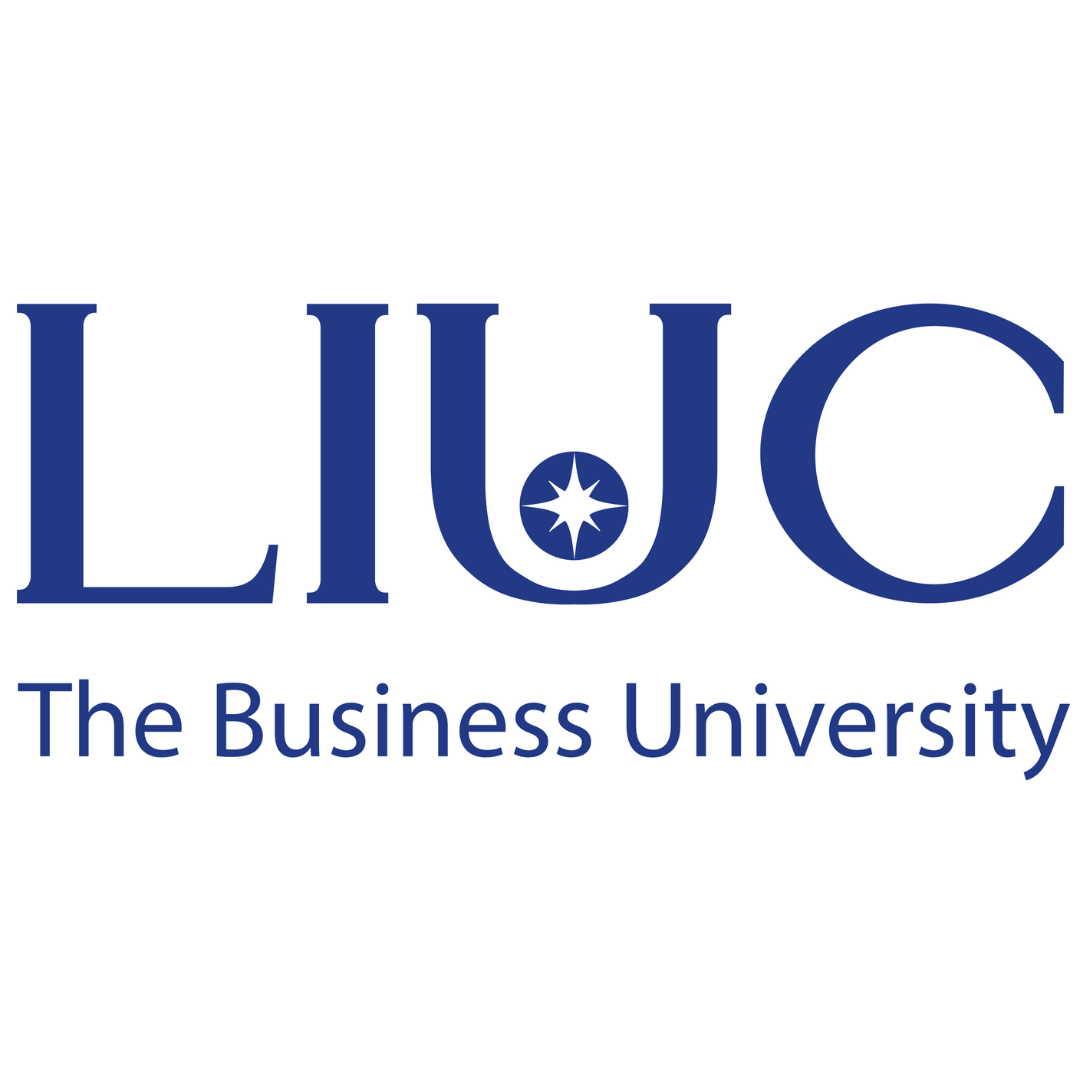📖Program Curriculum
Course modules
Compulsory modules
All the modules in the following list need to be taken as part of this course.
Advanced Composite Analysis and Impact
Aim
To develop an understanding of the composite materials used in engineering structures.
Syllabus
• Introduction to composite materials, types of material and manufacturing methods.
• FRP constituents: fibres and resins.
• Micromechanics of a lamina.
• Analysis of an individual ply.
• Macro-mechanics of a laminate; stiffness, strength and analysis techniques.
• Residual stresses due to temperature effects and moisture.
• Stress distribution around holes in laminates.
• Test methods; determination of elastic constants, static strengths, fibre volume fractions and void content.
• Structural Design and Manufacturing considerations.
Intended learning outcomes On successful completion of this module you should be able to:
• Design advanced composite structures based on theoretical approach.
• Evaluate stresses and deformations of composite structures under various loading conditions.
• Assess the failure modes of composite structures.
• Design laminated structures based on stiffness and failure criteria.
Introduction to Continuum Mechanics
Aim
This module provides you with a fundamental knowledge of Continuum Mechanics. The classical theories, concepts, and the relevant mathematics are introduced. The module is aimed at giving you a good understanding of the motion and deformation process of solids and structures, which is essential to the design and analysis of engineering structures
Syllabus
Introduction to vectors and tensors.
Coordinate transformations of scalar, vector and tensor fields.
Kinematics of deformation process in the reference and current configurations.
Quantification of stress undergoing finite deformation for initial and current configurations.
Kirchhoff, Cauchy stress.
Conservation equations of mass, momentum, energy in the local and integral forms in the various reference frames.
Basic linear constitutive relationships for isotropic and orthotropic materials.
Intended learning outcomes On successful completion of this module you should be able to:
• Practice all laws of continuum mechanics in terms of indicial notation and tensor calculus.
• Analyse kinematics of a continuum and to drive its deformation equations.
• Analyse the response of structural components to complex stresses.
• Understand and apply the basic principles of continuum physics.
• Practice analytical methods to the design and analysis of structural components subjected to different material properties.
Thin-walled Structures
Aim
This module provides an introduction to you on the fundamental knowledge and understanding for the design and analysis of lightweight structures. Classical stress analysis techniques to obtain closed form solutions to thin-walled structures under torsion, shear, and bending will be introduced. The module will develop your understanding upon which advanced lightweight structures are designed and analysed in transport industries.
Syllabus
• Basic theories of structural mechanics.
• Loading analysis and design criteria.
• Stress analysis of thin walled structures under torsion.
• Idealisation of thin walled structures.
• Stress analysis of thin walled structures under bending.
• Stress analysis of thin walled structures under shear.
• Buckling of thin walled structures.
• Shear lag, warping and warping restraint effects.
Intended learning outcomes On successful completion of this module you should be able to:
1. Apply thin-walled structure analysis methods for solving complex problems in engineering and assess their limitations
2. Understand the design process and methodology of thin-walled structures and apply and adapt them in unfamiliar situations
3. Develop a thorough understanding of current practice and its limitations, and some appreciation of likely developments of thin-walled structure design and analysis.
Finite Element Methods
Module Leader
Dr Iman Dayyani
Aim
The module is aimed at giving potential Finite Element users basic understanding of the background of the method. The objective is to introduce users to the terminology, basic numerical and mathematical aspects of the method. This should help you to avoid some of the more common and important user errors, many of which stem from a "black box" approach to this technique. Some basic guidelines are also given on how to approach the modelling of structures using the Finite Element Method.
Syllabus
• Introduction to Finite Element Methods (FEM) and applicability to different situations.
• Introduction to the Direct Stiffness (Displacement) Method.
• Development of Truss, Bar Element Equations in 2D and 3D.
• Development of Beam and Frame Element Equations (2D and 3D).
• Development of the Plane Stress element Equations (Constant and Linear Strain).
• Accuracy considerations: higher order elements, Isoparametric elements.
• The role of numerical integration and methods used in FE.
• Practical Considerations in Modelling; Interpreting Results.
Intended learning outcomes On successful completion of this module you should be able to:
• Analyse and practice the theory of finite element models for structural and continuum elements.
• Design and solve mathematical finite element models.
• Interpret results of the FE simulations and analyse error levels.
• Create and solve mathematical finite element methods.
• Critically evaluate the constraints and implications imposed by the finite element method.
Materials Characterisation and Failure Simulations
Aim
This module will provide the principals involved in characterising material properties of composites and metals suitable for input to numerical simulations and to examine the challenges, significances and limitations of available experimental processes in extracting reliable, repeatable and relevant material properties. The effect of these properties is then investigated through practical simulation exercises to further enhance the understanding of material models and how to apply them correctly.
Syllabus
This module will complement existing modules on material simulation by providing you with an understanding of:
• Overview of different types of material testing (quasi-static, fatigue, environmental).
• Overview of different test machines available (functionality, capabilities, etc).
• Material characterisation procedures (tensile, compression, shear, temp loading, fracture toughness).
• Instrumentation required.
• Specimen/coupon preparation.
• Material characterisation of metals/composites.
• Numerical materials models and their requirements.
• Failure simulation of metal/composite materials in finite element implicit analysis
Intended learning outcomes On successful completion of this module you should be able to:
1. Plan required equipment for material characterisation and correctly evaluate experimental test data.
2. Assess the relevance of the material parameters for inclusion in a numerical material model.
3. Be able to judge accuracy, practicality, significance and limitations of the experimental procedures considered.
4. Construct finite element models to simulate fibre reinforce composite and ductile metal failure in static implicit analysis.
5. Judge the parameter and material inputs and their significance to the simulation results.
Structural Stability
Aim
To provide you with a fundamental understanding of the buckling of thin walled structures and the ability to calculate the buckling load of a component.
Syllabus
The buckling of thin plates and thin-walled sections using the Rayleigh-Ritz method of analysis. Alternative methods of buckling analysis.
Timoshenko's method for columns.
Exact solution of differential equations.
Approximate solution of differential equations, Finite difference method, Galerkins method, Theoretical post-buckling analysis of plates in compression.
The concept of effective width for thin plates.
The behaviour of imperfect plates, Torsional-Flexural buckling of thin-walled open section columns.
The buckling behaviour and failure of stiffened panels, crippling of thin-walled sections, stiffened shear webs.
This module has additional accompanying tutorials and workshops as required, plus a laboratory demonstration of the compressive buckling failure modes of struts and stiffened panels.
Intended learning outcomes On successful completion of this module you should be able to:
1. Demonstrate a conceptual understanding of the buckling of thin walled structures and structural components.
2. Demonstrate the ability to predict buckling behaviour using hand calculation techniques.
3. Analyse the buckling and post buckling behaviour of simple thin walled stiffened panels.
4. Effectively use data sheets to analyse buckling of real structural components.
Crashworthiness
Aim
To provide you with an understanding of the considerations necessary when designing safe and crashworthy aircraft
Syllabus
Introduction to crashworthiness.
Local collapse of structures: Collapse of thick walled sections: axial, bending and torsion. Collapse of thin-walled sections, energy absorption and failure modes.
Global collapse of structures: Virtual work approach to calculation, identification of collapse mechanism, geometric and large deformation effects.
Crash energy management: Modes of energy absorption, collapse mechanism control, dynamic effects.
Crashworthiness design features: Context of structural design in overall crashworthiness, relation to other design aspects. Issues specific to individual applications, including aircraft, cars, trains.
Occupant protection: Injury mechanisms, crash dummies and injury criteria.
Test and analysis methods: Experimental crash tests, hybrid analysis methods.
Intended learning outcomes
On successful completion of this module you should be able to:
Examine relevant crashworthiness regulations.
Analyse the key issues of structural crashworthiness.
Examine the collapse of thick and thin-walled sections.
Evaluate the global collapse of structures.
Critically evaluate the crashworthiness of structures.
Advanced Simulation for Impact









